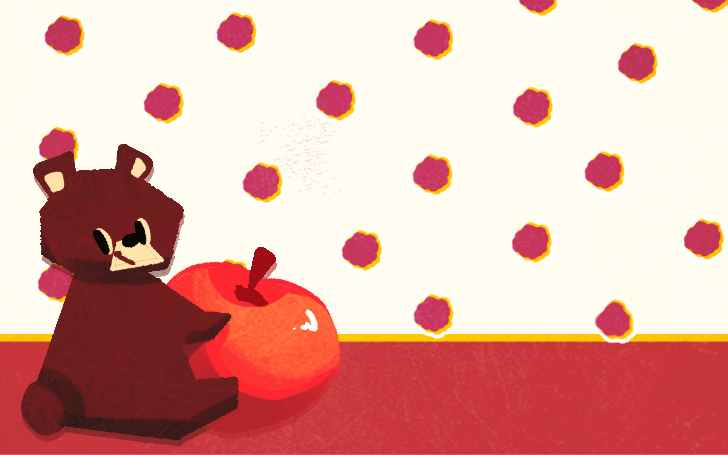英検2級 筆記 本番形式; Part3-B

※使用した英文について。
使用した英文は全て一部を改変しています。
なので、間違えている部分もあるかもしれません。
利用の際はその点をご了承ください。
関連タイピング
-
速ければ速いほど強い世界
プレイ回数792万短文かな87打 -
YOASOBI 群青の英語バージョン
プレイ回数399英語歌詞2805打 -
日頃のしょうもないことに関する長文です
プレイ回数2.5万長文1486打 -
アイリスアウト
プレイ回数1.9万歌詞かな137打 -
このタイピングで一位になれる人いないでしょ!
プレイ回数5.8万141打 -
タイピング練習に関する長文です
プレイ回数22万長文1159打 -
Taylor Swiftさんの「Enchanted」です。
プレイ回数117英語歌詞1888打 -
5分間の速度部門の模擬試験です。打つ速度で級が決まります
プレイ回数93万長文300秒
問題文
(English proficiency test Grade2 / reading part3-B)
English proficiency test Grade2 / reading part3-B
(A Powerful Bond)
A Powerful Bond
(When someone fracture, a doctor can usually treat it so that it heals naturally.)
When someone fracture, a doctor can usually treat it so that it heals naturally.
(In some cases, though, the break is so complicated, )
In some cases, though, the break is so complicated,
(and the different parts of the bone have to be held together with a metal pin or screws.)
and the different parts of the bone have to be held together with a metal pin or screws.
(In other cases, there're so many small pieces of broken bone that even this technique can't be used.)
In other cases, there're so many small pieces of broken bone that even this technique can't be used.
(The optimal solution would be to create a glue that could be used on bones.)
The optimal solution would be to create a glue that could be used on bones.
(So far, however, no glue has been invented that can work in the wet cond. of the human body.)
So far, however, no glue has been invented that can work in the wet cond. of the human body.
(One place where researchers have been looking for an answer is seabed.)
One place where researchers have been looking for an answer is seabed.
(There're various creatures, such as shellfish, that live in the sea and yet manage to stick to things.)
There're various creatures, such as shellfish, that live in the sea and yet manage to stick to things.
(Since the 1980s, )
Since the 1980s,
(scientists have been studying them in the hope of finding a way to create a glue would work inside the body.)
scientists have been studying them in the hope of finding a way to create a glue would work inside the body.
(Unfortunately, no one has yet been able to make such a glue.)
Unfortunately, no one has yet been able to make such a glue.
(Now, one scientist, Russell J. Stewart of the University Utah in the US, )
Now, one scientist, Russell J. Stewart of the University Utah in the US,
(thinks that he may have found the answer.)
thinks that he may have found the answer.
(Since 2004, Stewart has been studying the sandcastle worm, a small worm lives in the sea.)
Since 2004, Stewart has been studying the sandcastle worm, a small worm lives in the sea.
(The worm gets its name from the fact that it builds a residence out of sand and pieces of shell.)
The worm gets its name from the fact that it builds a residence out of sand and pieces of shell.
(The worm produces a glue from its head that it goes to stick the sand and shells together.)
The worm produces a glue from its head that it goes to stick the sand and shells together.
(This glue becomes stiff when the amount of acid in the water around it changes.)
This glue becomes stiff when the amount of acid in the water around it changes.
(This is so different from normal glue, which hardens as it dries out in the air.)
This is so different from normal glue, which hardens as it dries out in the air.
(His team has now also produced an artificial glue that hardens in water.)
His team has now also produced an artificial glue that hardens in water.
(Unlike the worm's glue, however, the glue that they have created hardens when the temperature rises.)
Unlike the worm's glue, however, the glue that they have created hardens when the temperature rises.
(This would make it ideal for use inside the body, where the temp. is higher than in surrounding air.)
This would make it ideal for use inside the body, where the temp. is higher than in surrounding air.
(The main matter is whether the body will accept the glue or not.)
The main matter is whether the body will accept the glue or not.
(Stewart has successfully tried it on rats, and he is confident to produce a glue works in humans.)
Stewart has successfully tried it on rats, and he is confident to produce a glue works in humans.








